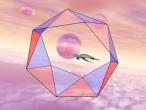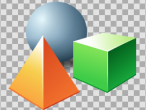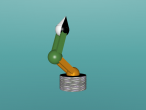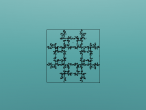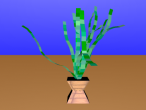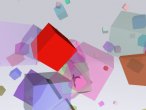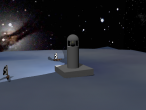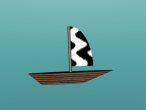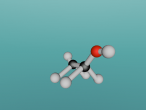Effective Math Tools for Engineering Students
Hello VRMath2 Community,
I’m an engineering student and recently started exploring different math tools to help with courses like Calculus, Linear Algebra, and Differential Equations. I found VRMath2 quite promising and wanted to start a discussion about best practices for using these tools effectively in an engineering curriculum.
A few questions I have for the community:
-
Which VRMath features do you find most useful for solving complex engineering problems?
-
Are there any tips for integrating VR simulations with traditional math learning?
-
How do you practice and retain concepts effectively using VRMath tools?
-
Any advice on collaborative learning in VR for engineering courses?
I’d love to hear about your experiences, favorite tools, and strategies that make learning engineering math easier and more interactive.
Thanks for sharing your insights!
Hello Henry,
Thanks for your interest and comments for VRMath2 application. When I programmed this online platform, it was intended for school levels so the Logo programming style was chosen. It was supposed to be easy but it turned out that most schools and yound children will be better off using visual programming (e.g., block codeing such as Scratch). I still think many young children/people can still do text-based coding, particularly with VRMath2's VR space, the instant or corresponding feedback could assist creating and debuging.
It seems to me that you are a uni student but your questions sound like you are instructors at uni too. :-) Below are my quick thoughts to your questions.
1. Which VRMath features do you find most useful for solving complex engineering problems?
Depending on what you mean "complex engineering problems". VRMath is essentially a 3D Logo programming platform. Key features are:
- Programming driven 3D modelling. The construction of 3D objects or worlds in VRMath2 is best done through Logo programming language. Some 3D objects/shapes can be easier to create using mathemtaical and programming language. It helps to identify patterns, reduce tedius repeating drawing, accurate parameters specfied in codes instead of dragging as in GUI CAD). I do acknoledge GUI for 3D modelling is great in other application, and VRMath2 with quite limited GUI and focusing on text-based programming could be seen as some disadvantage too.
- Logo programming language is uniqe with its egocentric (e.g., FD, LEFT), fixed (e.g., EAST, UP, TOWARD) and universal (e.g., X, Y, Z coordinates) geometric reference frames. Most other scripting tools focus on coordinate systems only. Not only its Turtle graphics, it is also a capable programming language with data types and structures, subroutines (could be recursive), control structures, and mathematical/arithmatic operations etc.
- Although limited, VRMath2 has some primitive objects, some GUI, some animation and interaction capabilities in the 3D VR space (powered and limited by X3DOM), which also offers real-time visual feedback or could slow down to show processes.
- The VRMath2 online platform has Create, Share, Discuss, and Wiki as a user focused/centred community
2. Are there any tips for integrating VR simulations with traditional math learning?
- To bridge/confirm symbolic maths with VR visualisation.
- Some complex geometry not concrete in real-world could integrate VR simulation in VRMath, e.g., polygons, polyhedra, spirals, gears, fractals etc.
- Debugging while coding could assist maths conceptual understanding, such as using VR to demonstrate errors
- Encourage functional and algebraic thinking in maths with Logo programming, e.g., MAKE "L 2, FD :L
3. How do you practice and retain concepts effectively using VRMath tools?
Although initially intended for learning maths (hence VRMath), the coding is an engineering practice with design thinking and learning by doing. For example, to model platonic solids, it needs iterative parctices and testing, step by step to move the turtle/reference points, understand the changes of location and changes of orientation, review/debug codes, then eventaully be successful in creating the solids. Through hands-on practice, concepts are better retained/internalised with deeping undersatnding (e.g., properties and relationships). Other key strategies include keeping a record of the testing/design cycles (e.g., could save different versions of Logo codes), sharing / discussing /collaborating with other users/learners/instructors.
4. Any advice on collaborative learning in VR for engineering courses?
I have not specifically thought about for engineering courses, but for collaborative learrning in general, groups should share the processes/procedures rather than just the rsults. Groups/members could take different learning roles/tasks of the problem. Groups/class could compare different solutions to the same problem, and perhaps buiild a shared library for future references/utilisations.
PS: After thought, I did not focus much and your interested courses in Calculus, Linear Algebra, and Differential Equations. If they involve visualisation in 3D then VRMath2 may be useful. Otherwise, other 2D systems could be sufficient.
Andy


